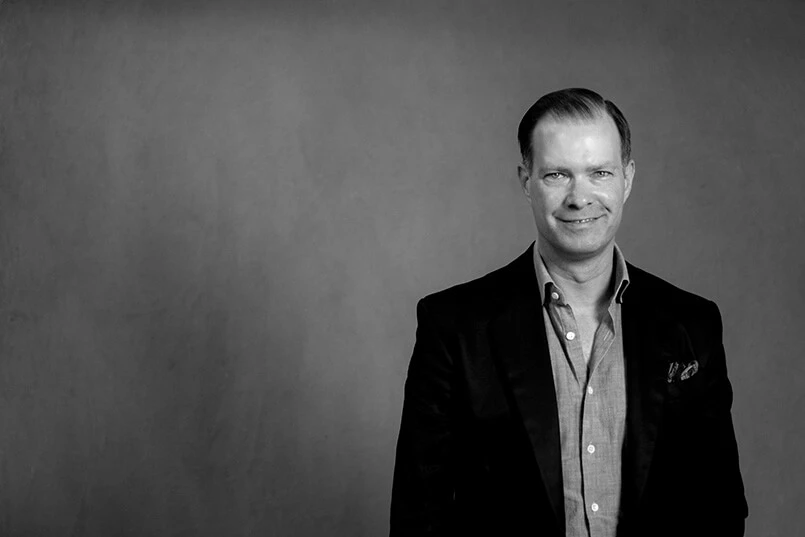Yet another agency account director was complaining that they had lost a large chunk of agency revenue to a production competitor on price. One of these specialist production suppliers provides a low level of creativity and a focused production line to produce huge volumes of social media and digital content at a fraction of the price the agency was quoting.
This was work the agency typically would receive from their client outside of the retainer. Being production work, it would represent incremental revenue and profit for the agency. But increasingly this work is going to production specialists, who are focused on producing this work faster, cheaper and at a quality commensurate with its use. And the situation is only going to get worse for agencies as more of these competitive options present themselves.
Why is this happening?
In the past two decades of monitoring agency workloads, we have seen the average number of outputs per brand increase from 200 – 250 in 2005 to more than 3,000 today. This growth is driven by the demands of paid digital and social media and content marketing. At the same time, marketers’ budgets have not increased exponentially. In fact, many have stagnated in real terms.
But in the face of this lack of growth in budgets, agencies did not look for more efficient ways to produce outcomes for their client. They did not explore alternatives to the traditional linear, manual, labour-intensive processes of the past. Instead, agencies became cost-competitive by discounting hourly rates, leading to more junior resources working on a client’s account.
This left a gap in the market which is being increasingly filled by competitors who see the opportunity to take a share of the marketing budget from the agencies.
Where are they coming from?
There is a growing realisation amongst marketers that production represents more than half the spend with creative agencies and that most agencies are failing to compete to retain this spend. As a result, there is a growing number of cost-effective competitors offering to do it faster and cheaper.
These production hubs or implementation companies or ‘make agencies’ (they go by a range of names) are arising everywhere. Some are production companies, print management companies and transcreation companies, who are expanding on their production infrastructure and capabilities to provide increased creativity and automation. Others are technology start-ups who are creating convenient platforms for advertisers to load up content assets and commission work.
Holding companies, realising that this trend is robbing their creative agencies of this revenue, have created production and implementation units in the hope of capturing and retaining the spend. Some are even offering this capability through their media agency operations as an adjunct to the social and digital paid media services that created the demand in the first place.
Why can’t creative agencies compete?
The answer to this is complicated but mainly cultural. Most creative agencies see their value proposition as providing creativity in the advertising process. This presents itself in several ways that make the creative agency less appealing than the alternatives. The obvious appeal is lower cost and less time, two things creative agencies struggle with.
The creative and craft culture of creative agencies means they operate like craft cottages. The designer (creative team) and the craftsperson (the production people) work on each project from beginning to end. At each step, they are refining, tweaking, and adjusting in the hope of perfecting the execution. They are motivated either by wanting the perfect execution for the client or by the awards judges.
This approach works well when each person is producing perhaps a handful of executions a year, but it struggles to scale tenfold, or a hundred or a thousand-fold without significant cost increases. And the cost is not a multiple of the number of units produced; it is exponential as the number of people managing this scaled process increases too.
What can creative agencies do?
Interestingly, while holding companies have built their own competitive production hub service, many of the larger independent agencies are innovating within, embracing production automation including artificial intelligence, robotics, etc. Others are designing into their process a two-stream approach with a more agile and often separate version of the craft cottage.
But even if you are an agency that cannot afford to embrace the same approach as your competitors because of size or resources, there is one way you can copy their approach to compete – that is to embrace the way production hubs price their services. Instead of using the agency cost model of time, direct salary cost, overhead and profit to calculate the cost of service, embrace value-based pricing instead.
The problem with the traditional agency model is that it is based on the cost of resources, and it limits profit margin to an ‘acceptable’ amount. Let me explain with the example from the account director from the start of this article.
What is wrong with time and cost models?
The client asked the account director for a quote to provide 35 social media updates a week (that is five a day) for a year (1820 in total) to meet their social media program. It was a sports and fitness brand. Here are the permutations of the agency’s approach to costing this request.
One multiplied
Cost one social media update for account management time, strategy, creative and production and multiply this by the total number required. The number of hours across the agency to produce one social media update was 32 hours at an average rate per hour of $110. This meant one social media update was $3,520. This was very close to what the agency was charging on an ad-hoc basis, but even the account director realised the client would not wear a bill of $6,406,400 for the year.
Even with economies of scale discount of 80% (even if that could be achieved) $1.28 million was a lot of money for this client, plus the agency would be earning $704 per social media update, at around six billable hours.
Weekly bunches
Even when the account director ran the numbers based on a month’s worth of social media updates at a time, things looked no better. At 151 social media updates per month, the economies of scale of the current process kicked in and the agency resources were 960 hours at an average $110 per hour totalling $105,600 per month (not too bad they thought) or $1.26 million per year. No matter how they cut it, using the current agency cost recovery model would only provide an acceptable cost if heavily discounted and the client (or the procurement team) would negotiate this even lower.
A pricing approach
Instead of the traditional agency cost recovery approach, they could have embraced a pricing model. What is the value of the work and what would the client be willing to pay? This requires framing – asking questions about their paid media investment, or the importance of the social media content being on-brand. The idea is to frame the client’s definition of value. You could even simply ask them outright if they have a budget in mind.
Let’s say the client is planning to spend $150,000 per month on paid social media or $1.8 million per year. At 30% of the media cost that is $540,000 for content production. At 20% it is $360,000 and so on. The question now becomes how the agency can deliver the social media updates required to the standard required inside this budget while maximising the agency profit margin. This is called business.
So now the agency explores, based on their cost models, what they can do to achieve the desired result. In this case, it is 1,820 social media updates for the client at the price they are happy to pay in a way that the agency makes the maximum profit and keeps the client’s budget spent with the agency.
Three possible solutions
Here are three thought-starters based on examples in the market:
- Go agile internally. Implement a small agile team of creative and production to do nothing but generate social media updates. As many as possible and as quickly as possible within the budget.
- Freelance it out to the gig economy. There are literally thousands of people out there with content creation skills and the agency can tap into these for a fiverr (not a spelling mistake)
- Turn your competitor into a supplier. Do a deal with one of these production hubs to take on this work for a discount based on volume and simply add the ‘agency cost’ of administration to the top of the quote.
We help marketers and agencies become great through the work they do together. What major business challenge could we help you solve?



